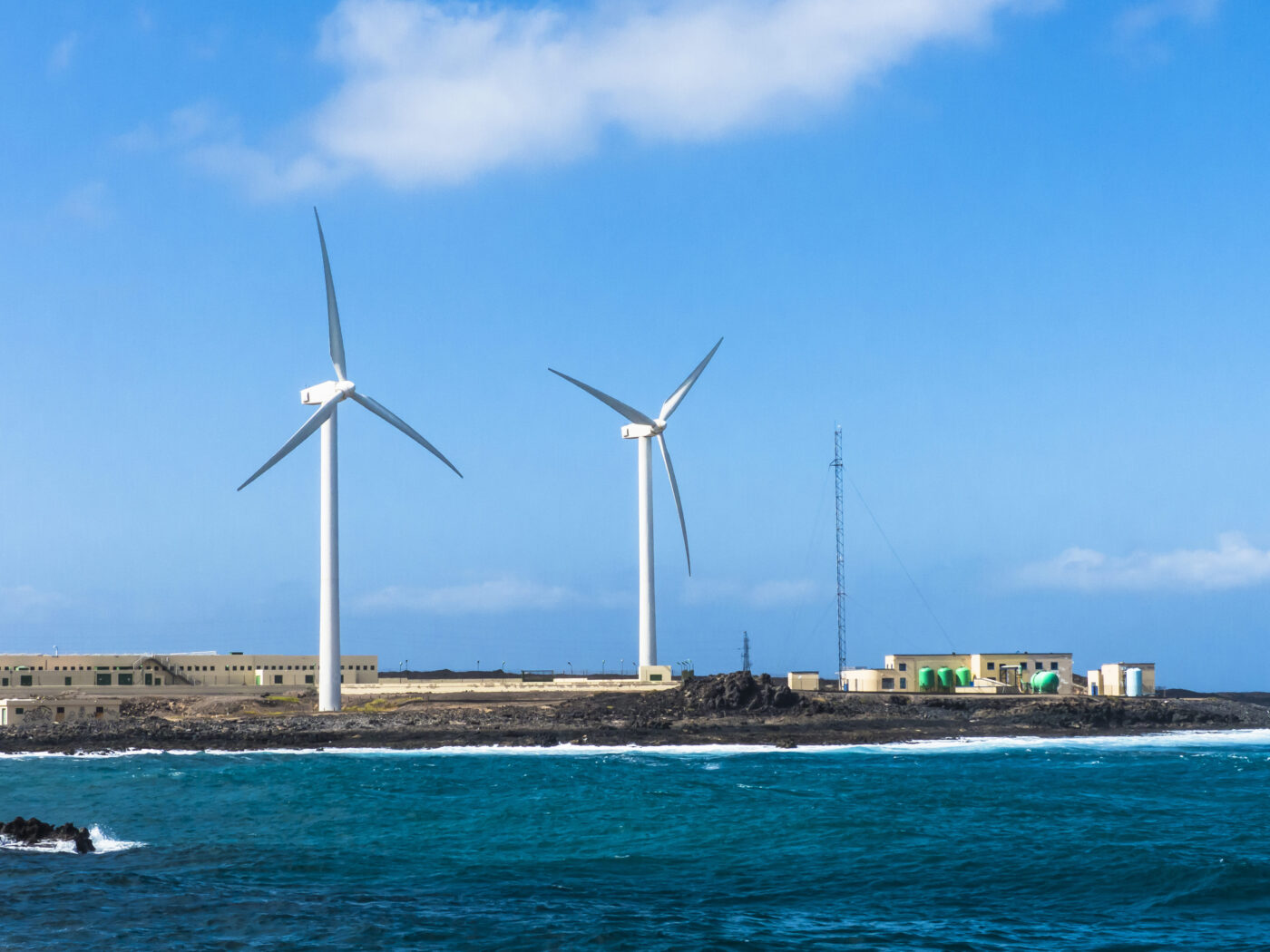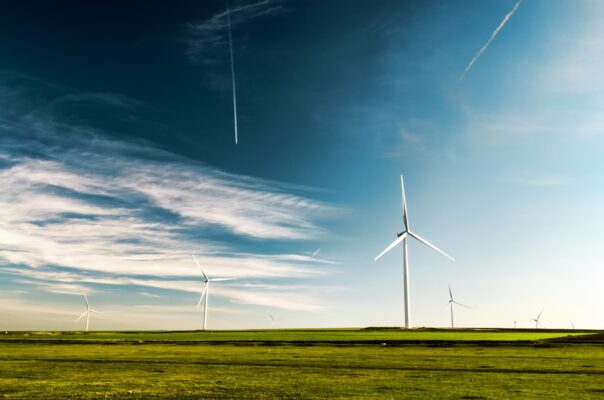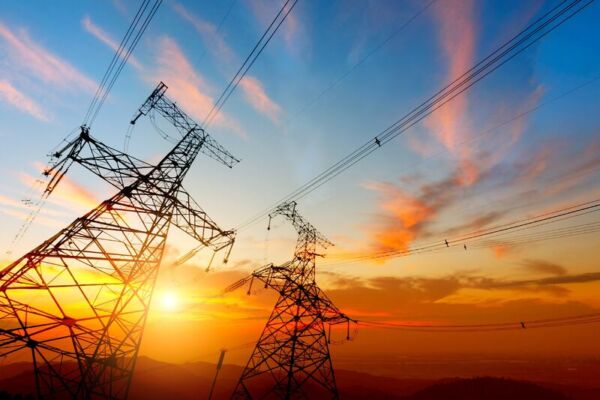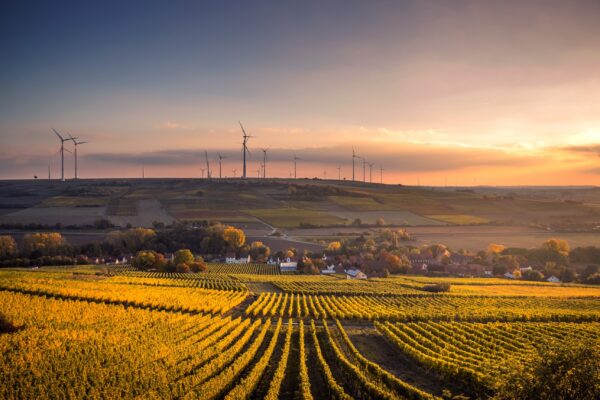With the global population on the rise, the demand for clean water is skyrocketing. As reported by the United Nations, over 2 billion people currently lack access to safe drinking water; a number projected to increase in the coming years. Desalination — the process of removing salt and other impurities from seawater or brackish water — has long been heralded as a feasible solution.
According to the International Desalination Association, more than 300 million people worldwide rely on desalinated water for their daily needs. However, conventional desalination methods like reverse osmosis and multi-stage flash distillation are energy-intensive and frequently dependent on fossil fuels for power. Such reliance not only contributes to greenhouse gas emissions but also renders the process expensive and unsustainable over time.
Herein lies the unique value proposition of wind energy. As one of the fastest-growing renewable energy sources, wind power holds immense potential to transform the desalination industry. By harnessing wind, desalination plants can significantly reduce their dependence on fossil fuels, thereby minimizing environmental impact and promoting sustainability.
Wind-powered desalination plants
The integration of wind turbines directly into the desalination process is an exciting prospect. This can be accomplished either through wind-powered pumps drawing seawater into the desalination plant or by connecting the wind turbines to the plant’s electrical grid, enabling the facility to draw power directly from the wind. Both solutions lead to a notable reduction in the plant’s energy consumption and consequent greenhouse gas emissions.
The viability and benefits of this integrated approach have already been showcased in pilot projects around the world. For example, a wind-powered desalination plant in Perth, Australia, has been successfully providing clean drinking water to over 1.5 million people since 2006, concurrently reducing the plant’s carbon footprint by an estimated 150,000 tons per year. Similarly, the Canary Islands have been home to a wind-powered desalination plant since 2013, demonstrating the potential of this technology in remote and off-grid locations.
Whirlwinds on the path
Despite the promise of wind-powered desalination, the concept is not without challenges. The intermittent nature of wind can affect the consistency of the desalination process, which could be problematic for areas that rely on a constant water supply. However, advances in battery storage technology could help offset this issue, allowing for a steadier supply of clean water.
Also, while wind power is more environmentally friendly than fossil fuels, it does require significant land space for wind farms, which can sometimes conflict with other land use needs or face opposition due to visual or noise disturbances. However, research and development in this area are ongoing, with innovative solutions continuously being sought. For instance, offshore wind farms could potentially be coupled with floating desalination plants, solving the land space issue and further reducing environmental impact.
To conclude
The challenge of providing clean, safe water to an ever-increasing global population is a complex one. However, by leveraging wind power, we could change the way we desalinate water, making it a more sustainable, cost-effective, and accessible solution. With continued research and technological advancements, the day might not be far off when wind-powered desalination becomes the norm rather than the exception.



